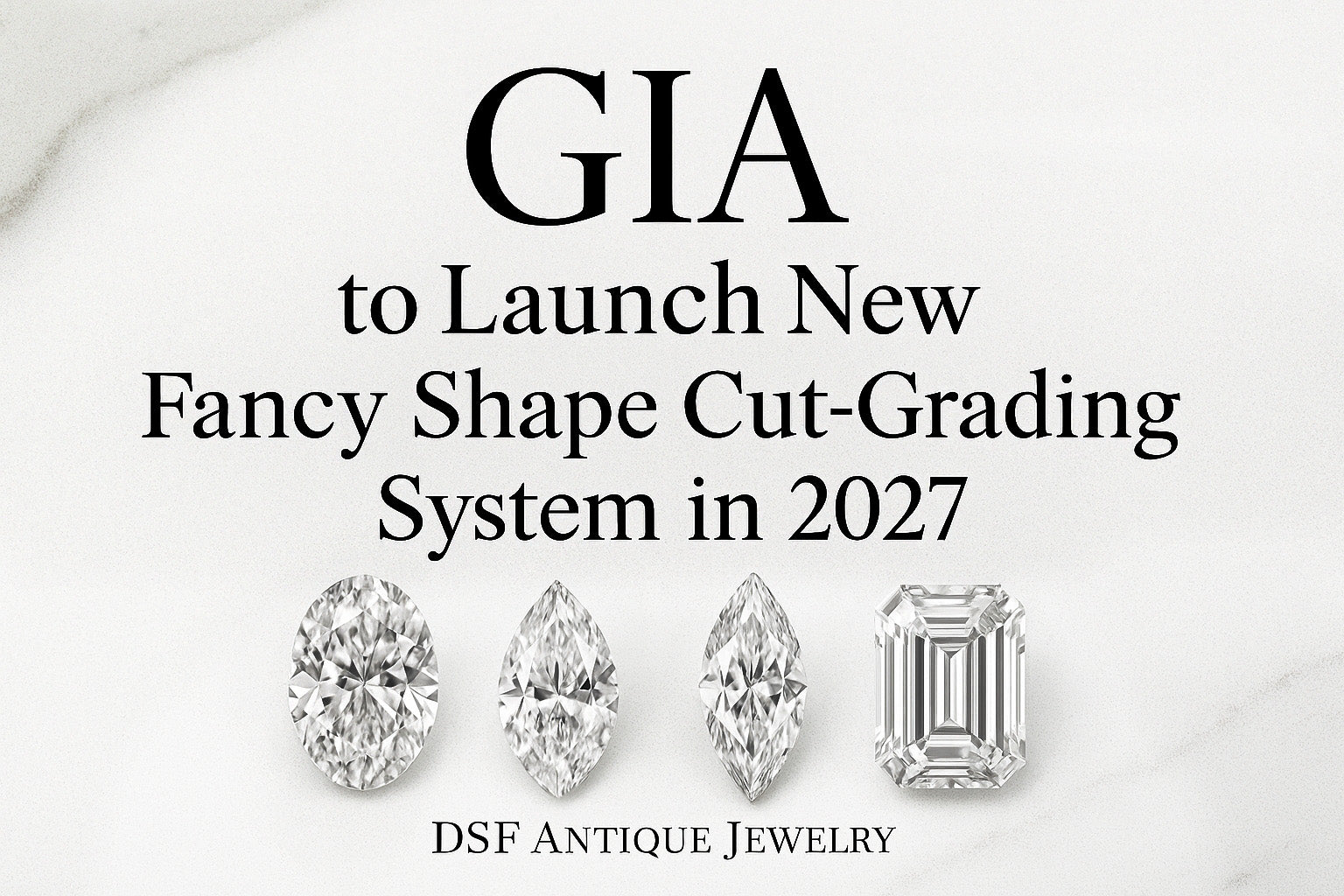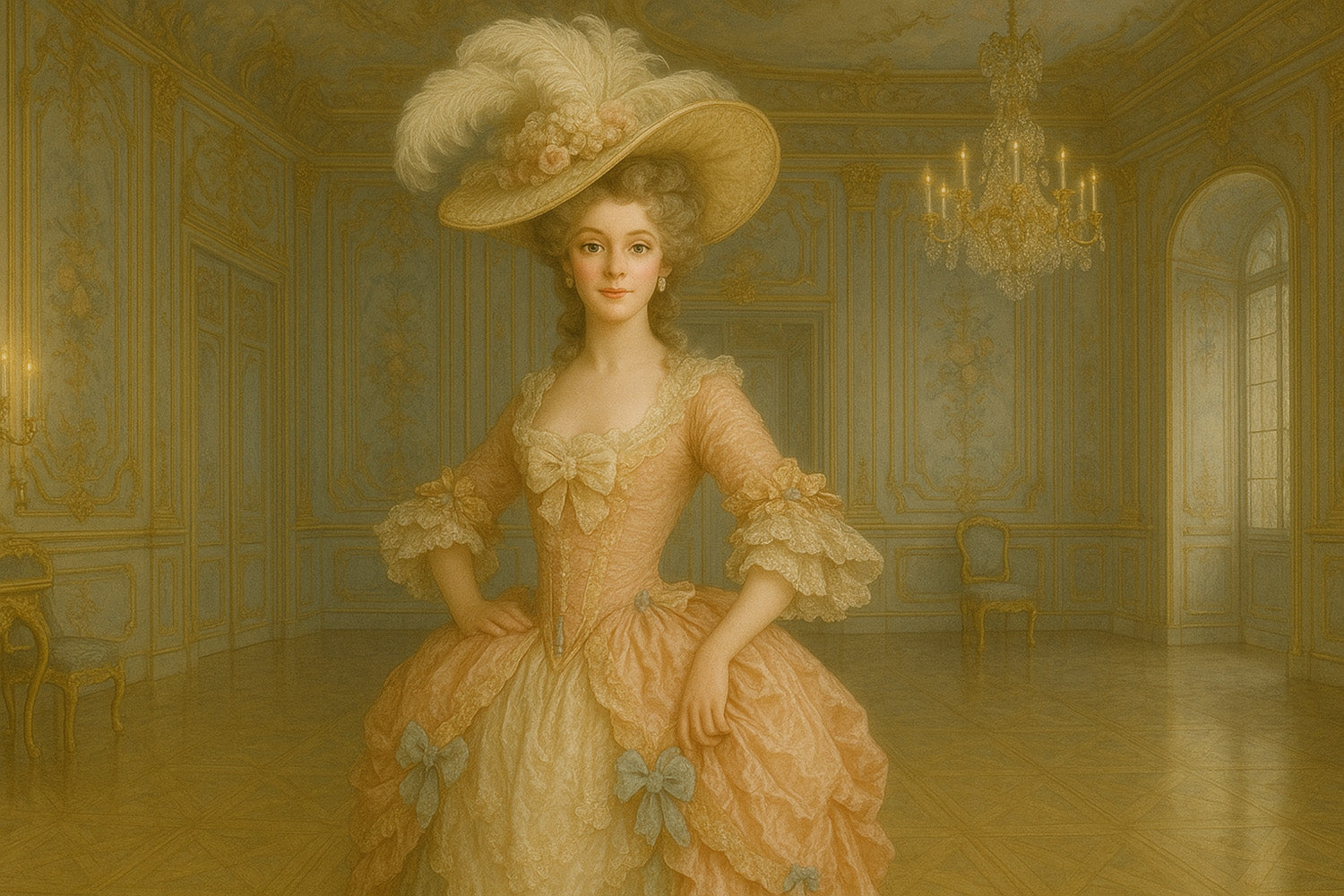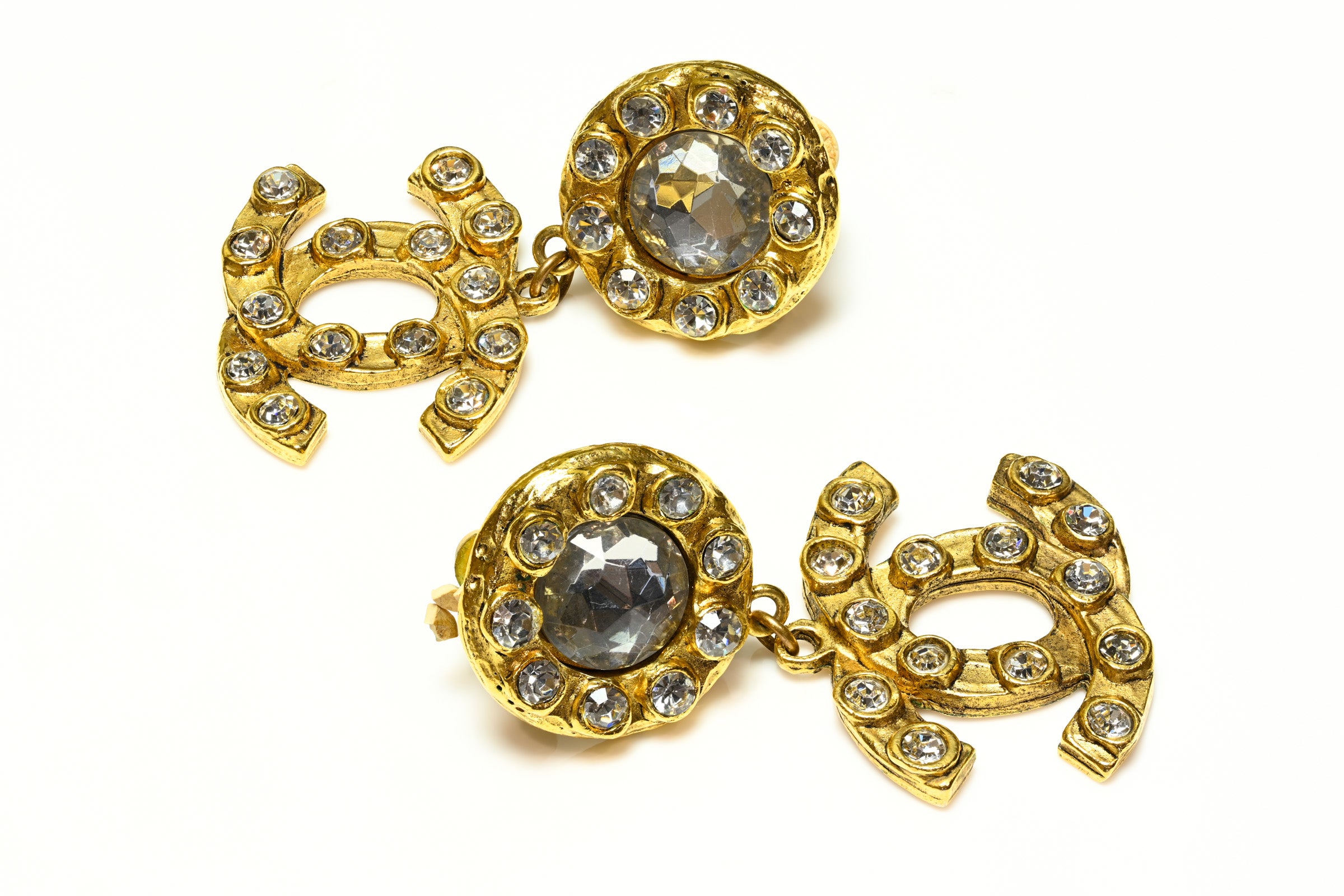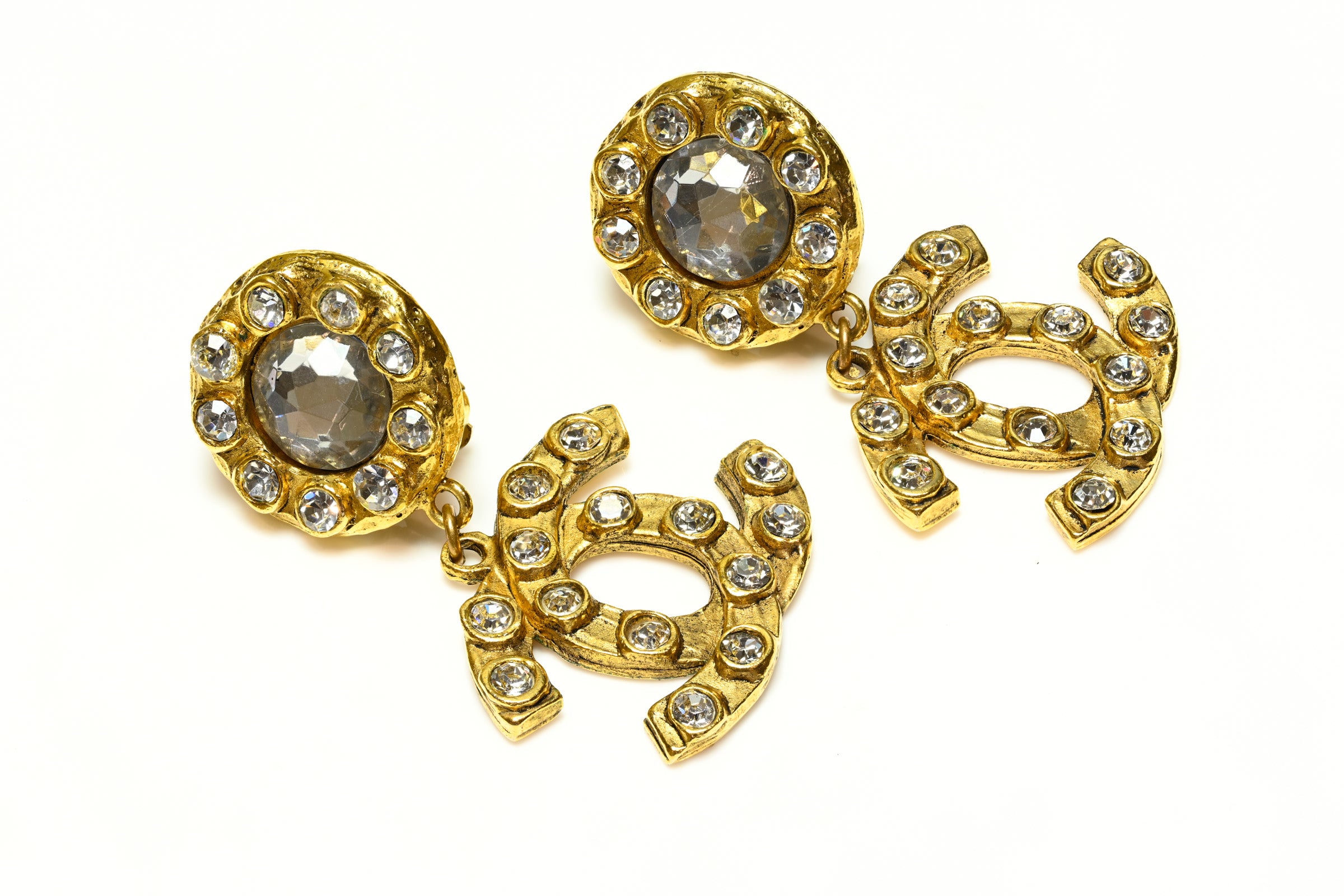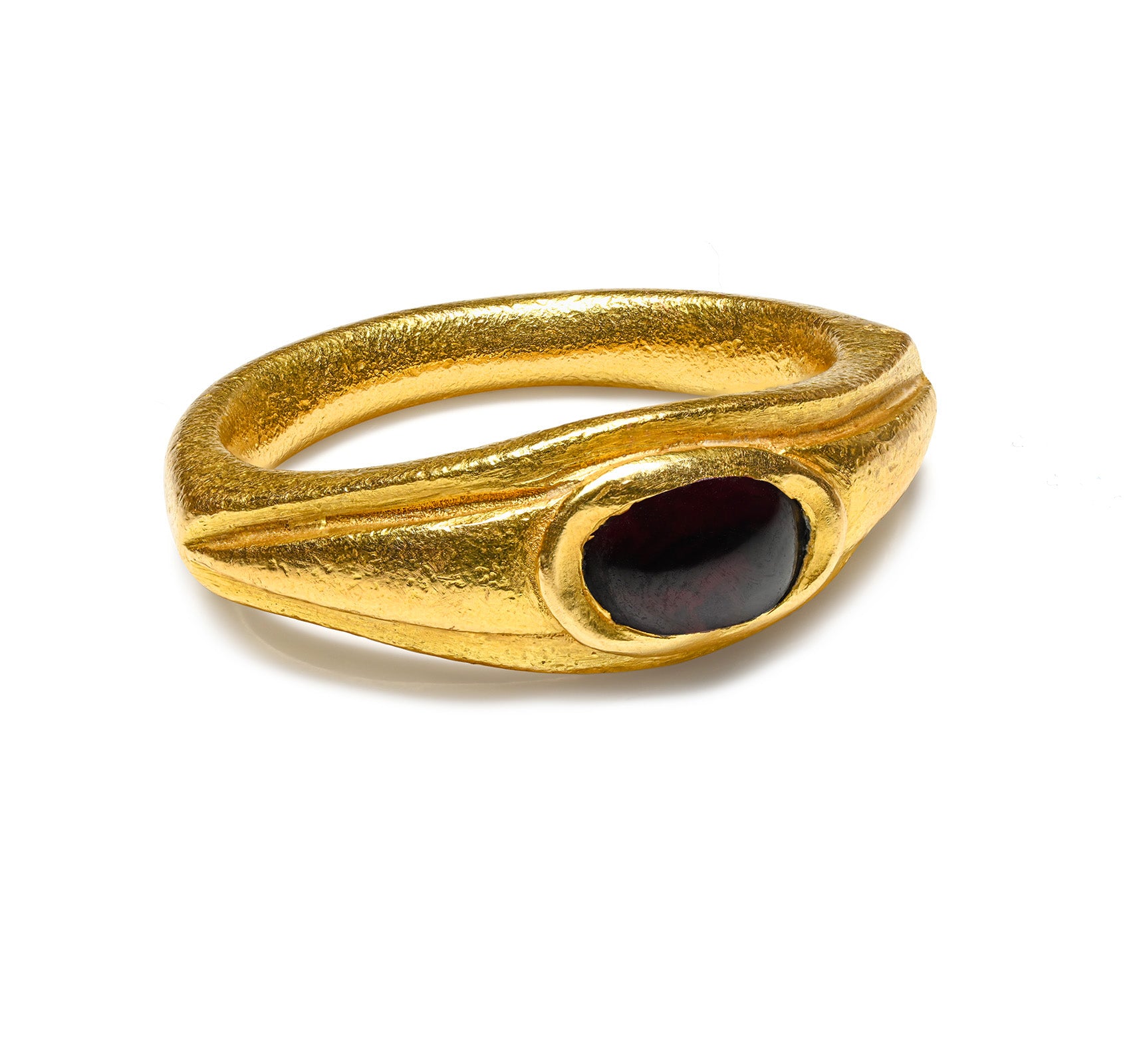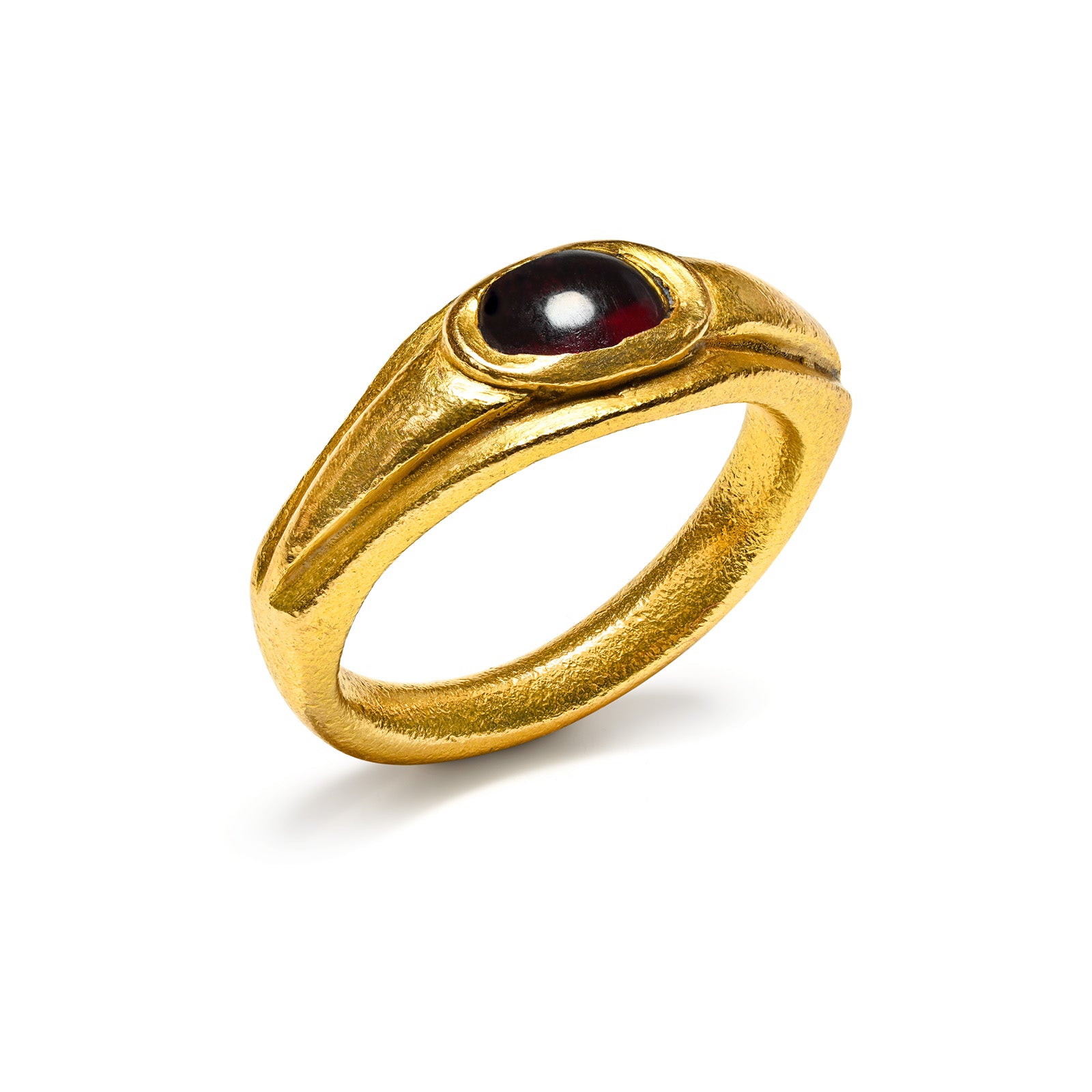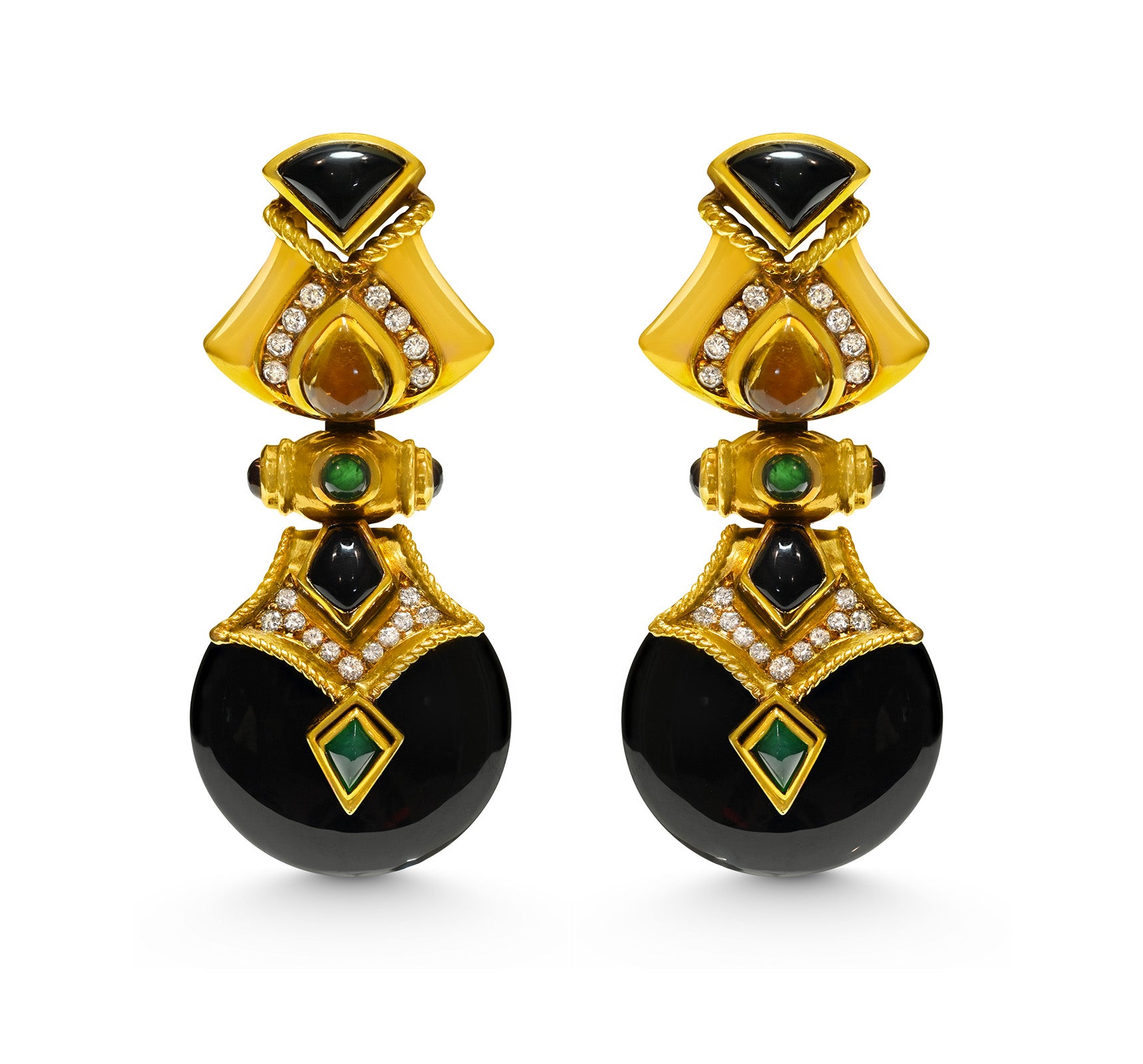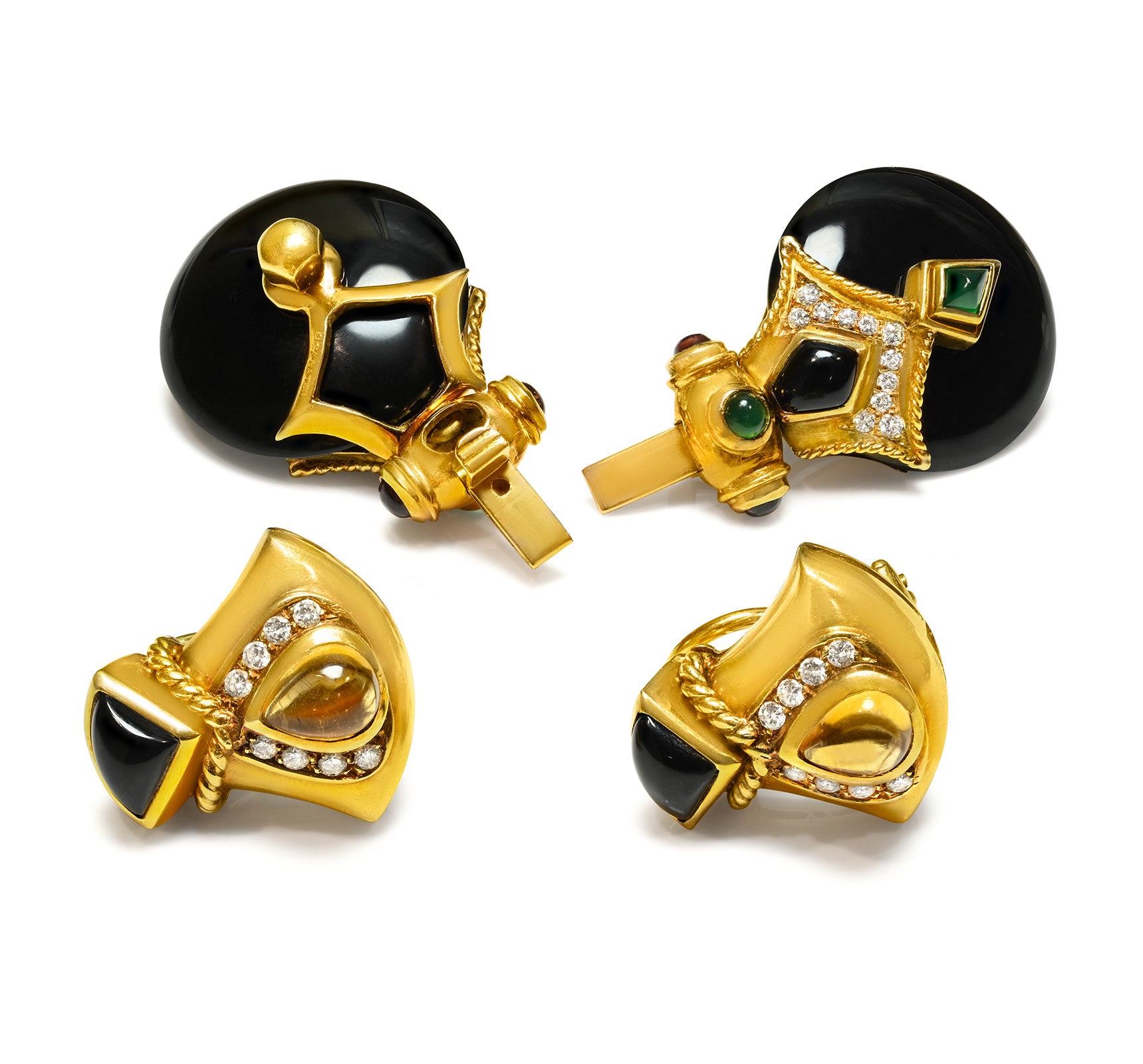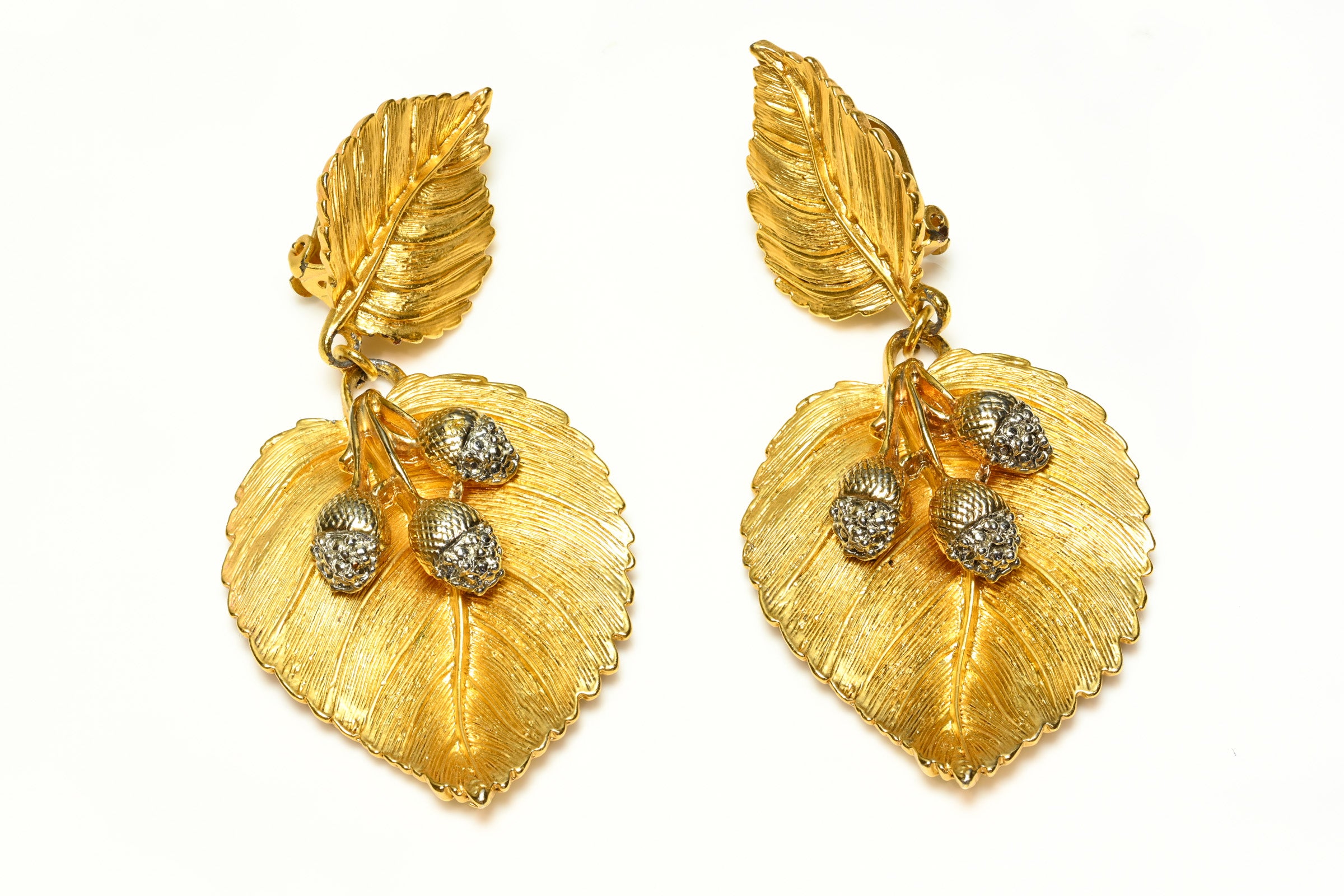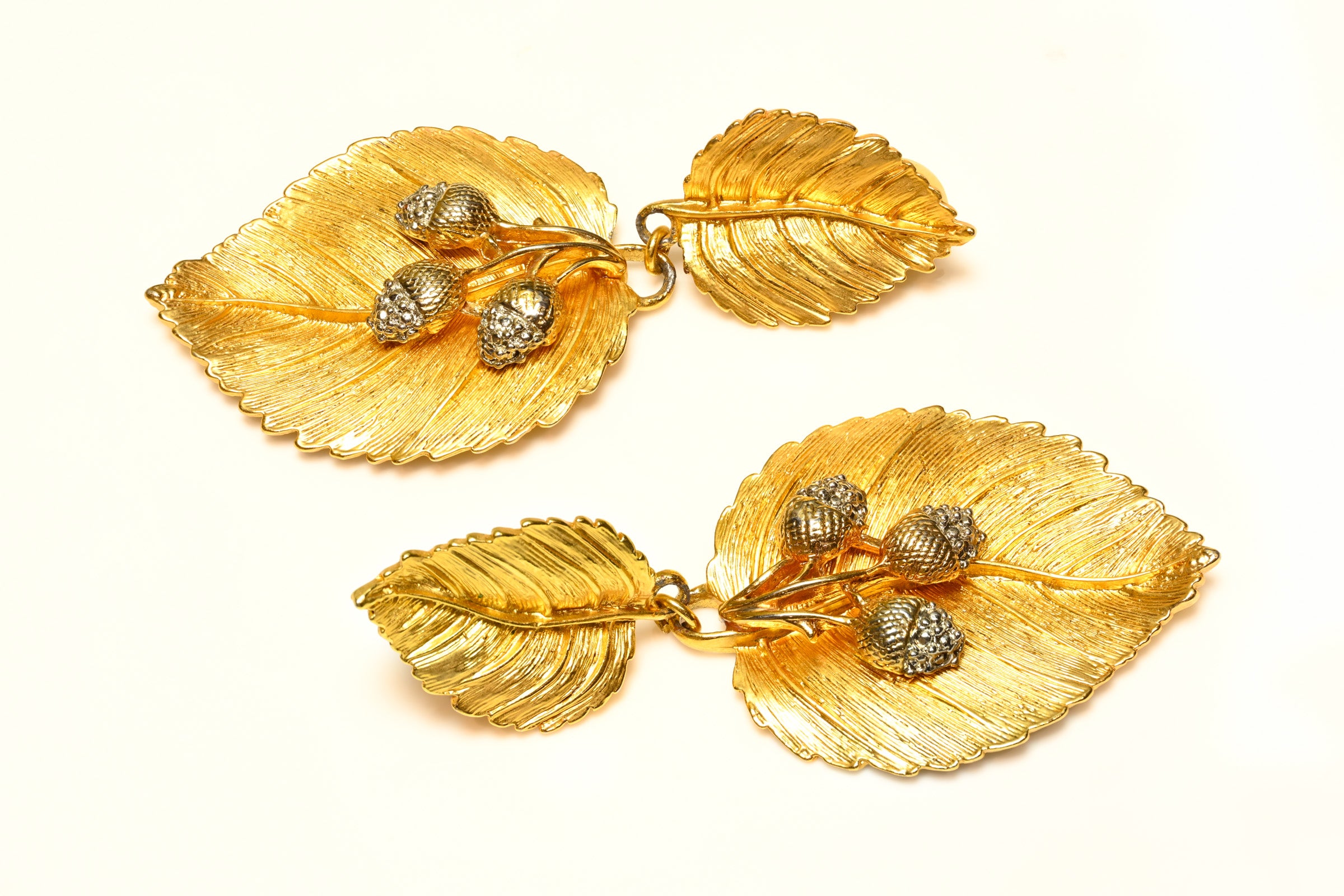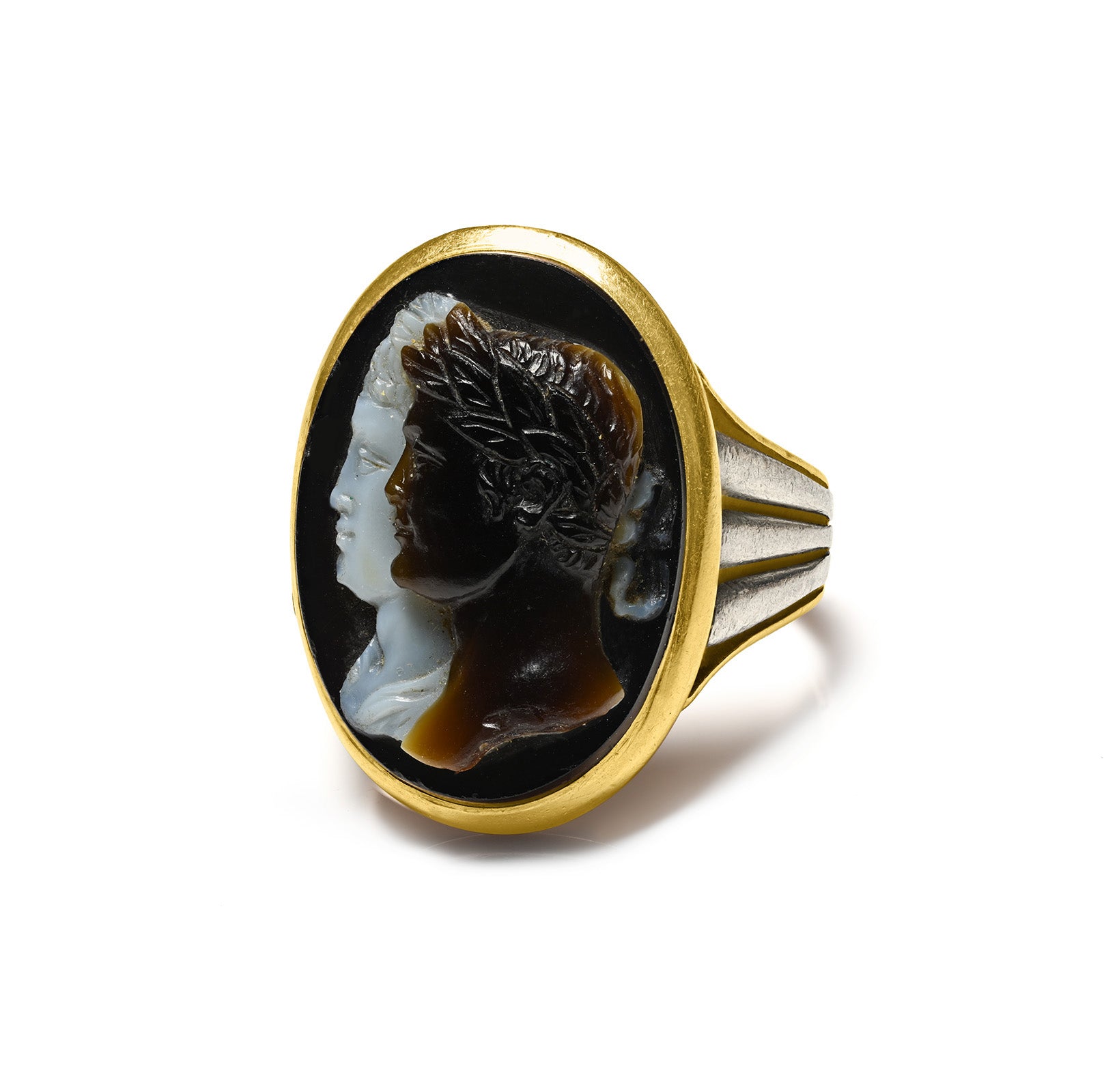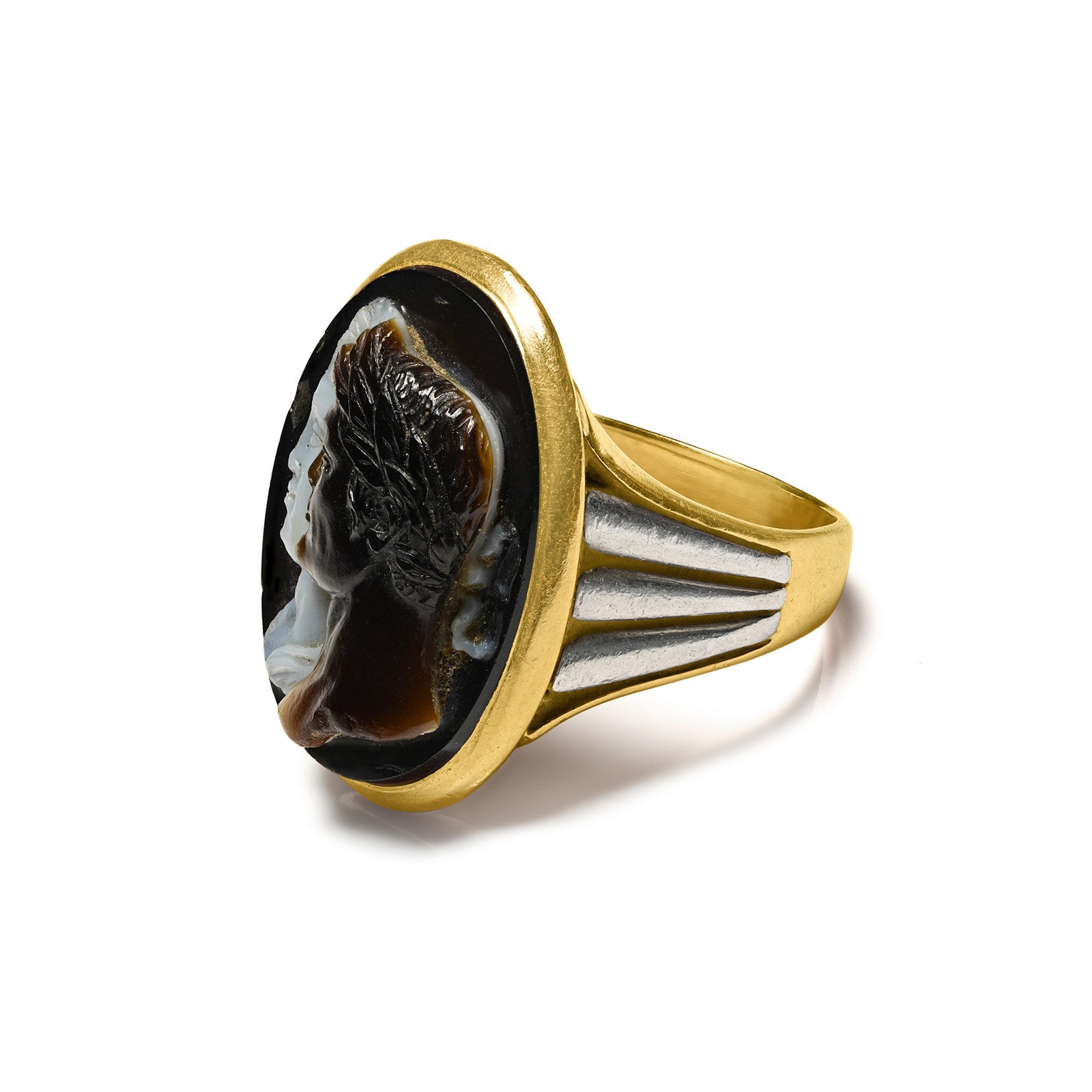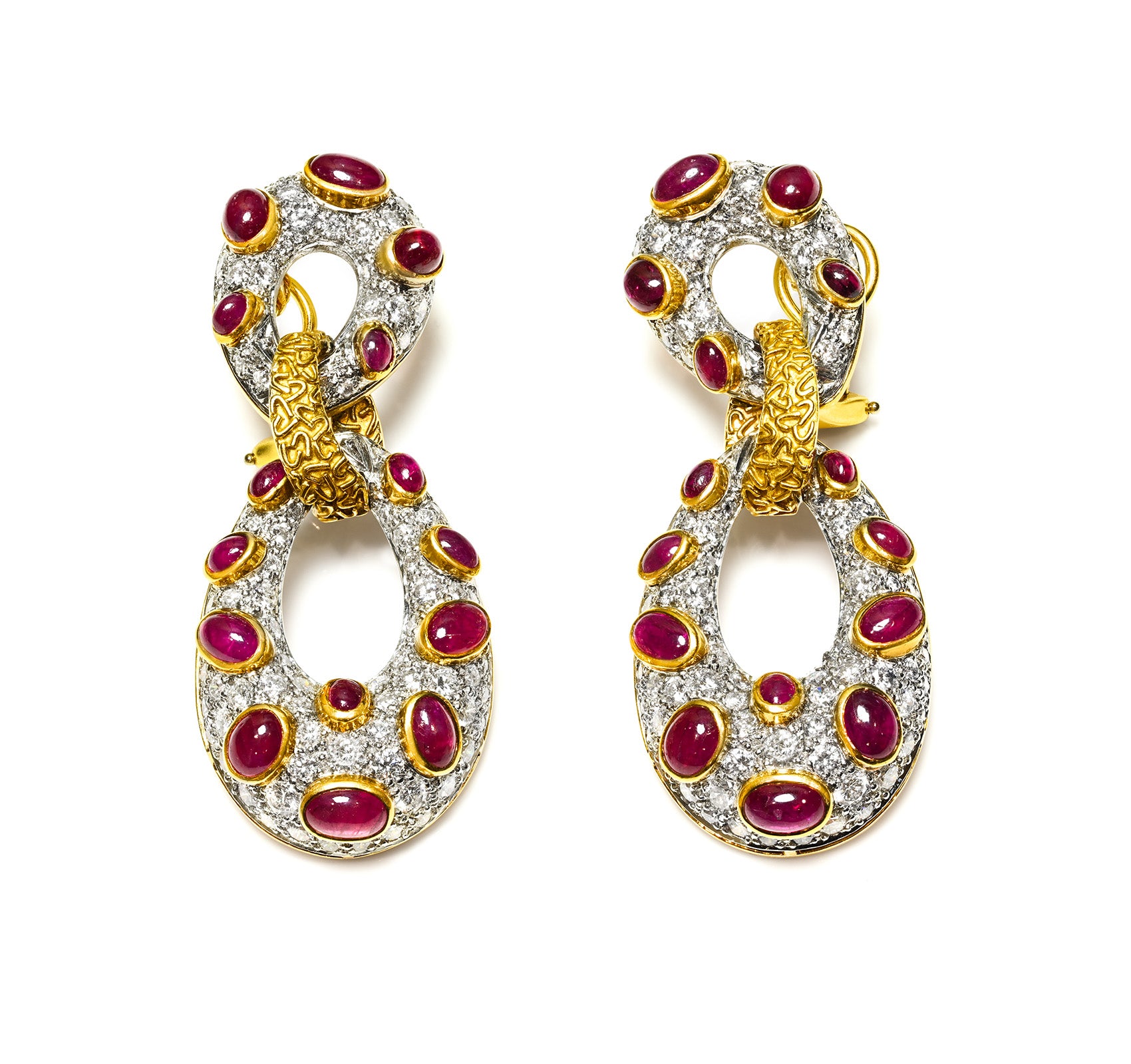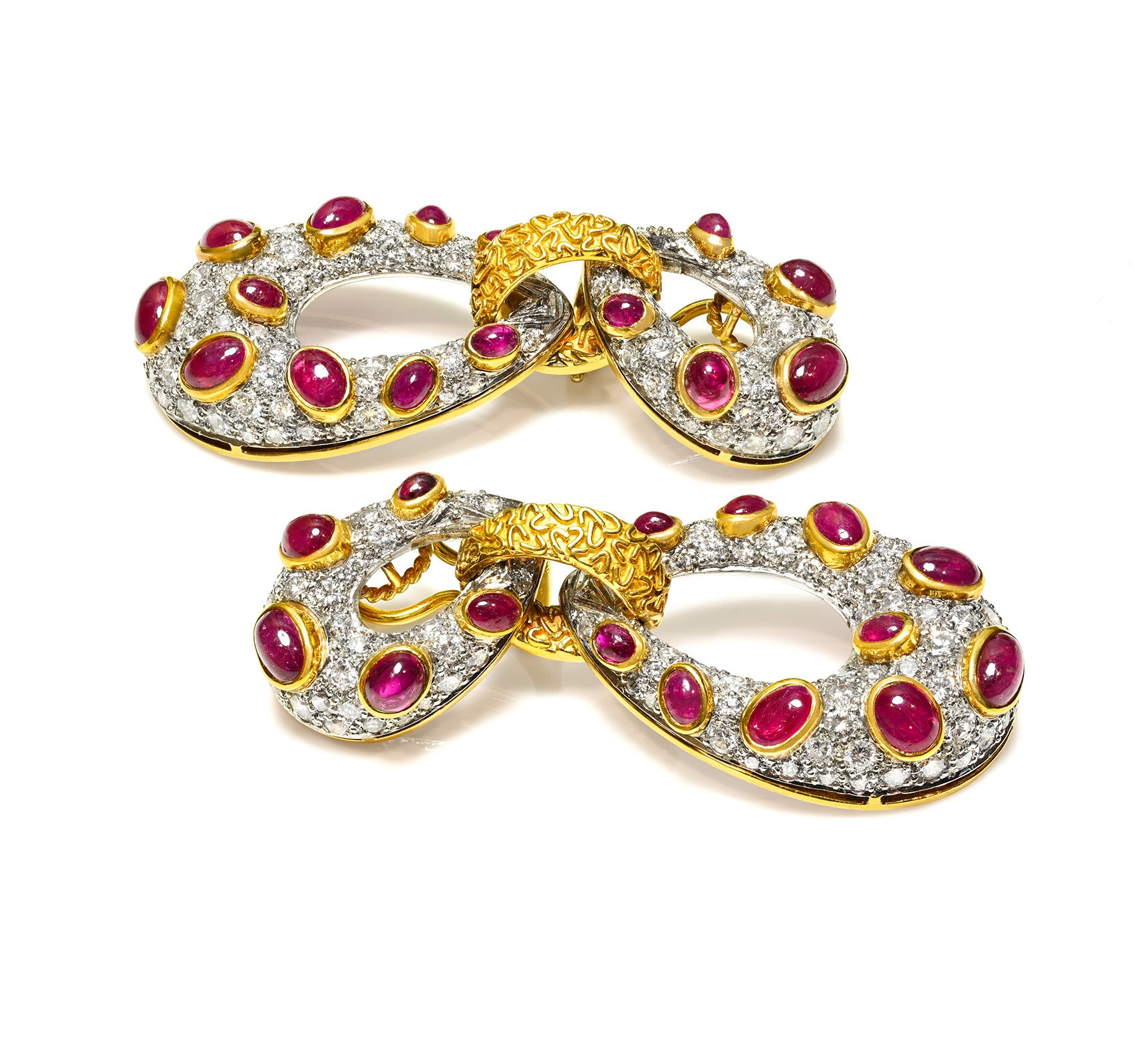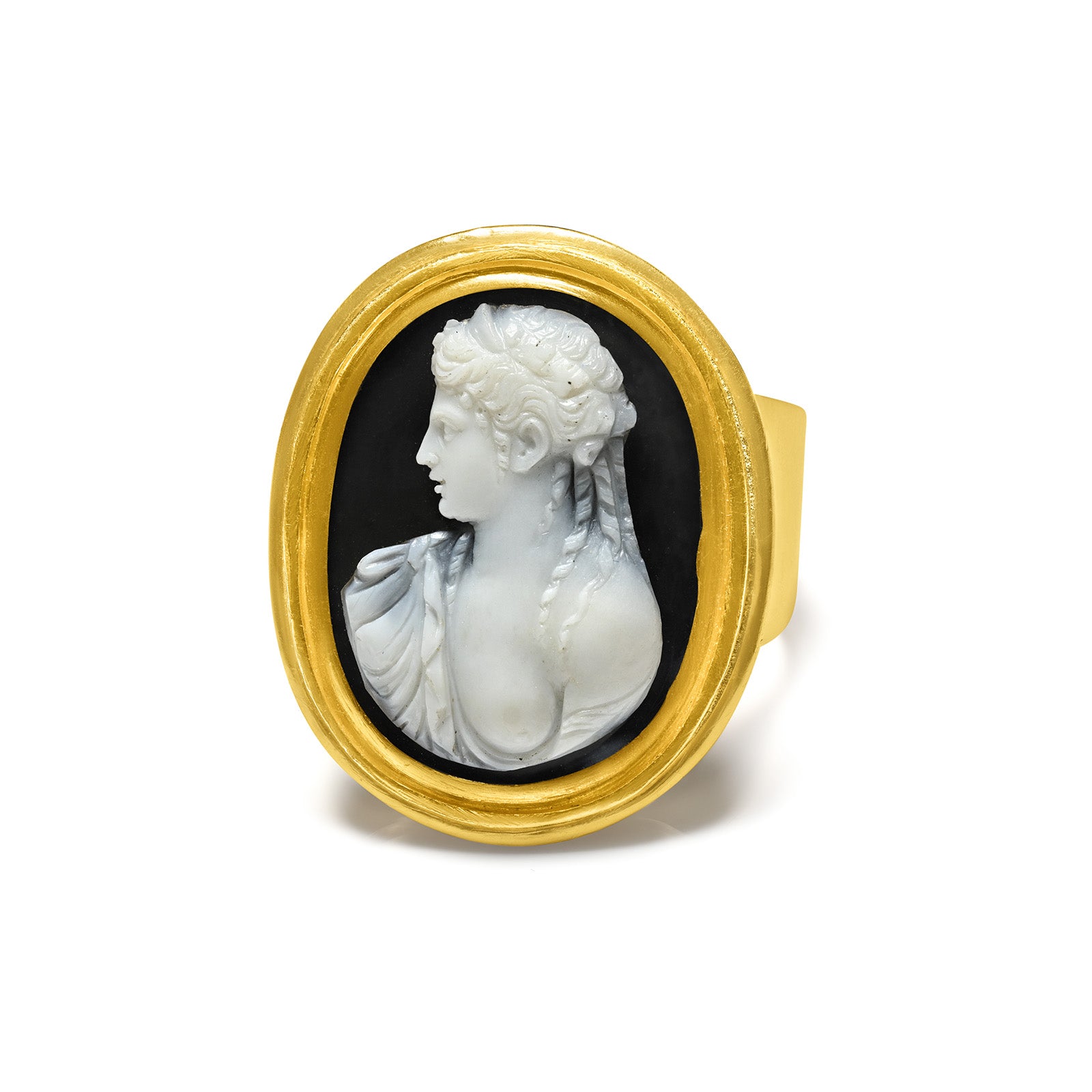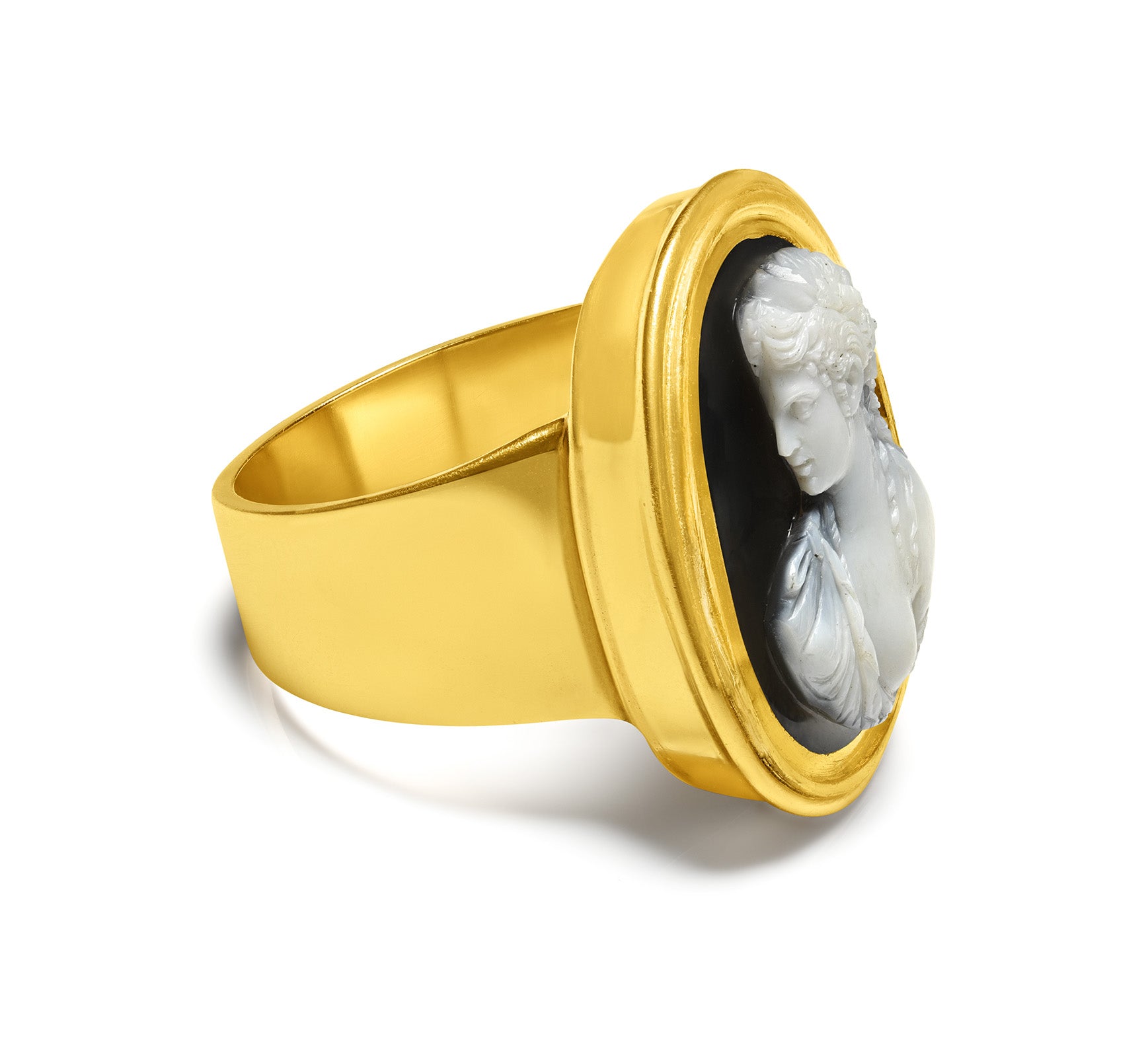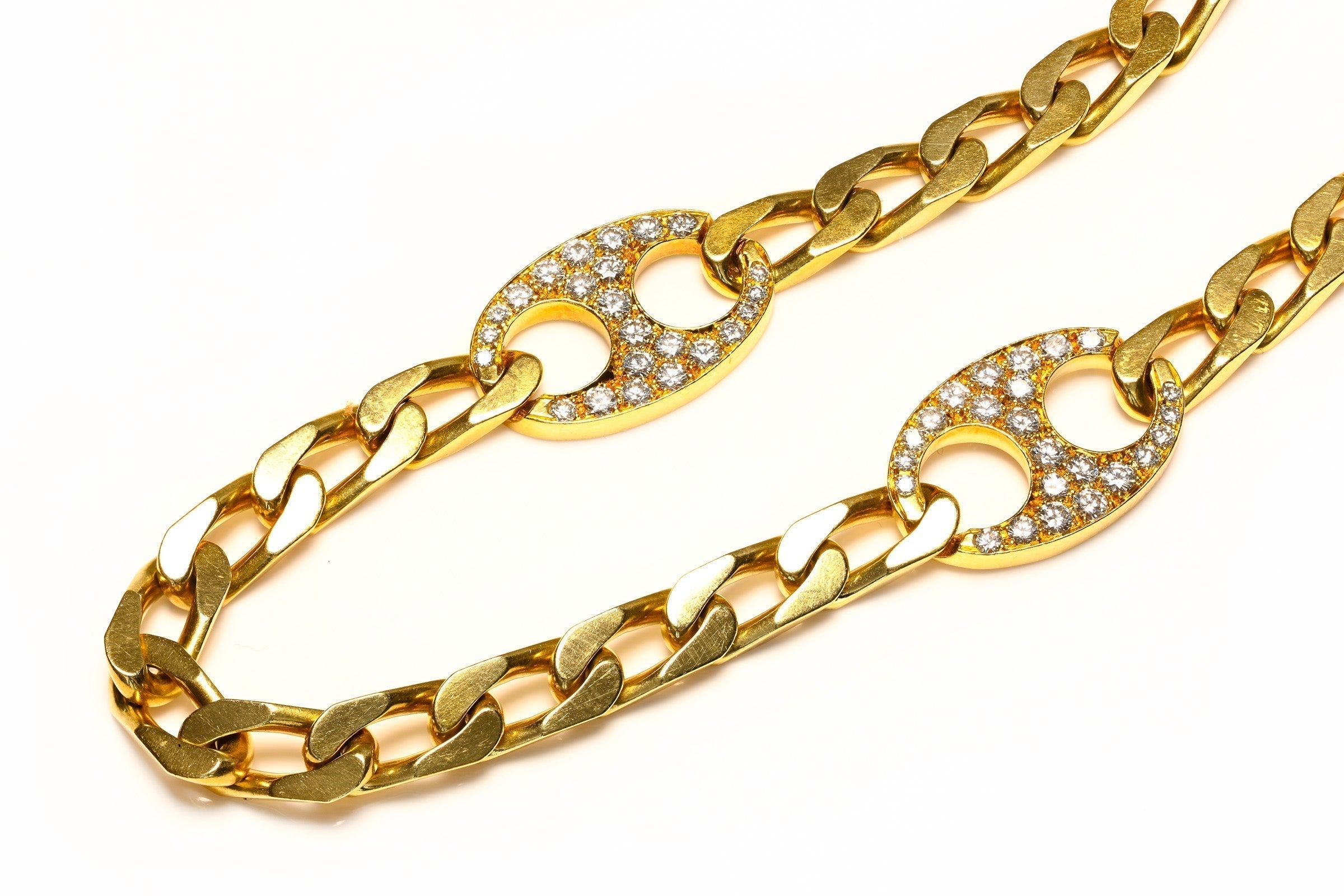
“Kaleidos”: Bulgari’s Colorful Retrospective Lighting Up Tokyo

A Landmark Moment in Tokyo
Bulgari has unveiled Kaleidos, a landmark exhibition at the National Art Center in Tokyo, celebrating the transformative power of color, light, and heritage. Spanning nearly 2,000 square meters and showcasing close to 350 pieces from archives and private collections, it is the maison’s largest exhibition ever staged in Japan. According to Vogue, the show is designed as an immersive journey where jewels, art, and architecture converge.
The title Kaleidos comes from the Greek words kalos (beautiful) and eidos (form), underscoring Bulgari’s long-standing fascination with beauty in its most radiant expression. For visitors, it is more than a display of jewels — it is a meditation on how color shapes memory, emotion, and cultural meaning.
Bulgari’s Legacy of Color in High Jewelry
Since its founding in Rome in 1884, Bulgari has stood apart for its fearless embrace of color in high jewelry. Where many maisons emphasized diamonds as the ultimate symbol of prestige, Bulgari elevated colored gemstones — cabochon sapphires, rubies, emeralds, and tourmalines — into the spotlight.
By the mid-20th century, the maison became synonymous with rich Mediterranean hues, often combining contrasting stones in bold, architectural settings. Its signature cabochon cut, smooth and domed, gave gemstones an almost liquid radiance. This daring use of color attracted legendary patrons such as Elizabeth Taylor, Sophia Loren, and Gina Lollobrigida, whose collections helped cement Bulgari’s reputation as the “jeweler of stars.”
At DSF Antique Jewelry, we share a similar reverence for colored gems. From Victorian opal rings to Art Deco sapphire bracelets, our curated collection highlights how vibrant stones continue to define elegance and desirability in fine jewelry.
Inside Kaleidos: Structure and Vision
The exhibition is divided into three thematic chapters, each exploring a different aspect of color and its relationship with human perception:
-
The Science of Color — introducing color theory and the optical principles that govern harmony.
-
The Symbolism of Color — tracing how red evokes passion, blue invites serenity, and green symbolizes rebirth.
-
Light and Perception — revealing how gemstones and precious metals interact with light to create wonder.
The architecture itself reinforces the theme. Visitors move through ginkgo leaf–shaped chambers, designed to echo natural patterns of light and growth. The result is not a static museum display, but a fluid, sensory journey where each room shifts mood and meaning.
Contemporary Collaborations: Art Meets Jewelry
To enrich the dialogue, Bulgari commissioned three renowned female artists, each closing one chapter of the exhibition with site-specific works:
-
Lara Favaretto: Her kinetic installation of spinning rainbow brushes engulfs visitors in a storm of playful color.
-
Mariko Mori: A futuristic stone-like sculpture refracts light into ethereal patterns, merging myth and technology.
-
Akiko Nakayama: With her “Alive Paintings,” projected colors dance across walls, interacting with jewelry to create a living dialogue between art and gem.
These collaborations emphasize Bulgari’s vision: jewelry is not isolated craft but part of a larger cultural conversation, bridging tradition and innovation.
Jewels That Tell a Story
At the heart of Kaleidos are the jewels themselves — masterpieces that embody both artistry and audacity. Among the highlights:
-
A legendary emerald and diamond necklace once owned by Elizabeth Taylor, symbolizing Bulgari’s connection to Hollywood glamour.
-
Dramatic cabochon gemstone pieces, where volume and saturation command attention.
-
Whimsical brooches resembling candies or ice creams, showcasing the maison’s playful spirit.
-
Rare evening bags shaped like melons, blurring boundaries between jewelry and objet d’art.
Each jewel reveals a distinct narrative: some reflect Roman grandeur, others express joy through bold color, and all testify to Bulgari’s mastery of light.
At DSF Antique Jewelry, we often highlight similar storytelling in our pieces. A Victorian snake bracelet may symbolize eternal love, while a French Art Nouveau brooch might embody nature’s fluidity. Like Bulgari, our approach celebrates jewels as living artifacts.
Japan and Bulgari: A Cultural Connection
Why Tokyo? The answer lies in cultural resonance. Japan has long been one of Bulgari’s strongest markets, with clients who deeply appreciate refinement, form, and craftsmanship.
Japanese aesthetics value harmony, balance, and sensitivity to light, qualities that align naturally with Bulgari’s design philosophy. The exhibition’s ginkgo-leaf chamber design also nods to Japanese symbolism of endurance and renewal.
By staging Kaleidos here, Bulgari not only honors its loyal clientele but also engages in a cultural dialogue that feels both respectful and visionary.
Jewelry as Cultural Heritage and Investment
Beyond beauty, Kaleidos underscores an important truth: high jewelry is both cultural heritage and investment. Unlike seasonal fashion, a masterpiece jewel retains — and often grows — in value. Collectors view pieces by houses like Bulgari as museum-worthy assets, appreciating not only their craftsmanship but also their historical and cultural significance.
At DSF Antique Jewelry, we see this daily. Clients seek jewels not just as adornment, but as part of a legacy to preserve and pass down. From signed Cartier brooches to archaeological revival rings, these treasures embody permanence in an ever-changing world.
The Broader Meaning of Kaleidos
Ultimately, Kaleidos is more than an exhibition. It is a meditation on how color and light shape human perception, how jewelry bridges cultures, and how heritage inspires modern creativity.
For Bulgari, it is an opportunity to show not only its past but also its ability to remain at the forefront of design innovation. For visitors, it is a reminder that jewelry can be more than luxury — it can be art, history, and philosophy combined.
Color, Light, and Legacy
Kaleidos reminds us that jewelry is not static; it lives, evolves, and connects across time. Bulgari’s fearless embrace of color continues to inspire both collectors and designers, ensuring its place in cultural history.
The exhibition runs until December 15, 2025, at the National Art Center, Tokyo. For anyone drawn to the brilliance of gemstones, the poetry of design, or the fusion of heritage and innovation, it is an unmissable experience.
At DSF Antique Jewelry, we honor the same principles — preserving history while inspiring modern luxury. Our collection of rare jewels reflects the timeless dialogue between artistry, heritage, and personal expression.


